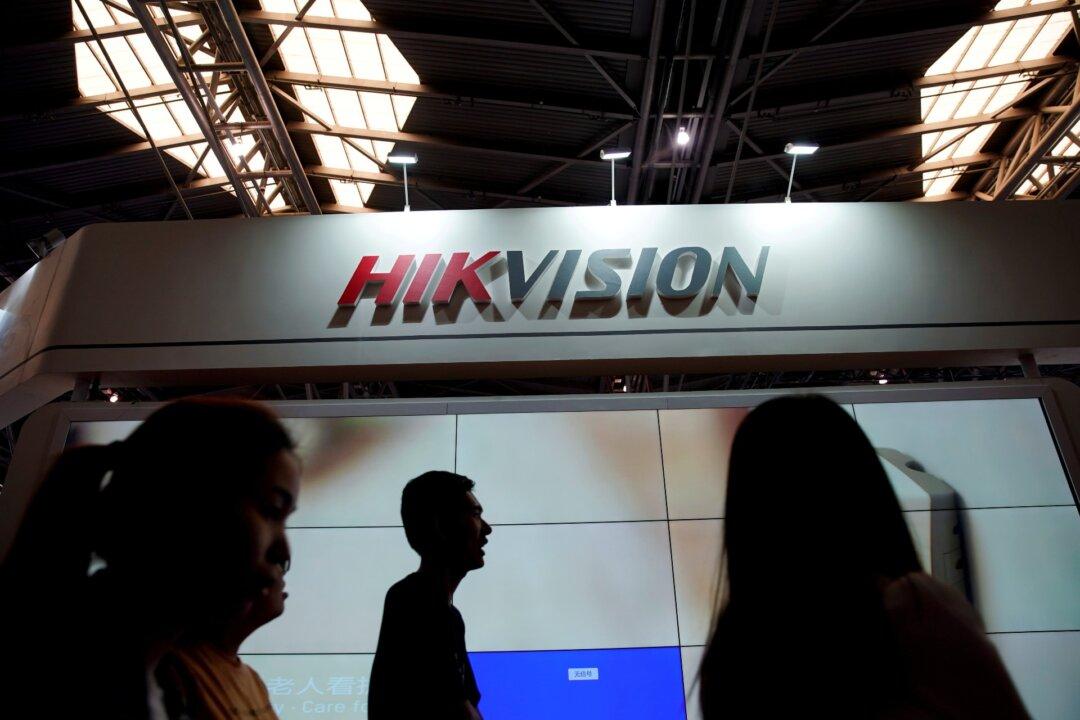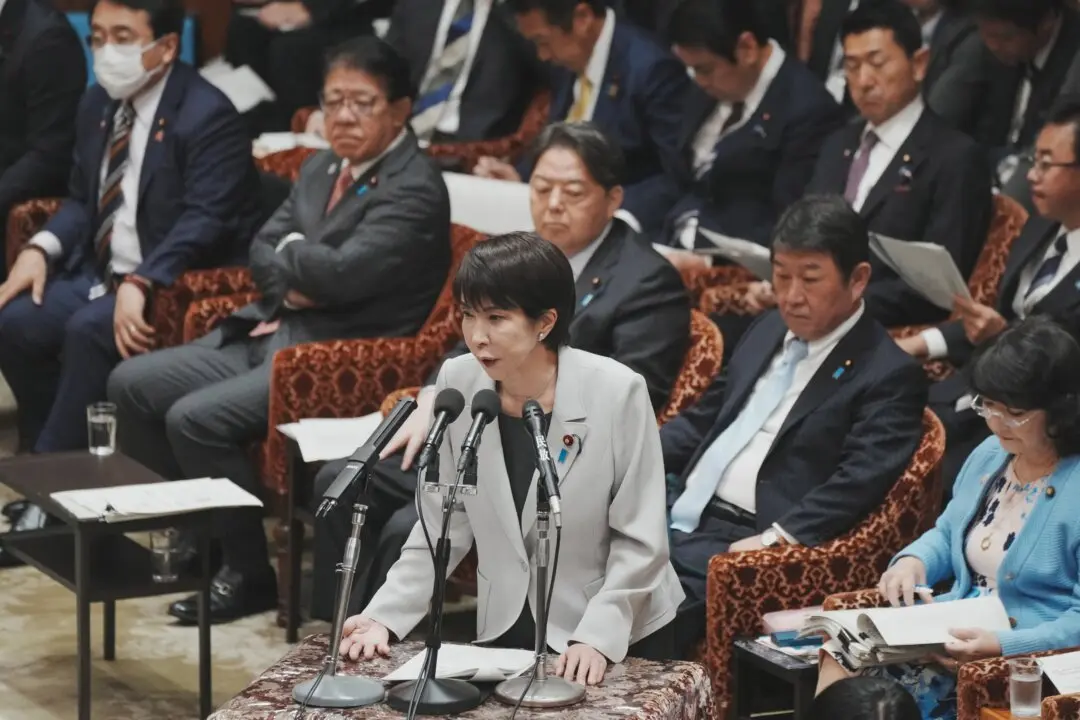Commentary
A soldier, kneeling on a mountainside, tested a Hikvision drone-jamming rifle in March. Hikvision’s website carried a report, based on a joint study with weapons experts and commanders of the People’s Liberation Army (PLA), detailing how its technology could add functionality to China’s tanks, missiles, and artillery.





